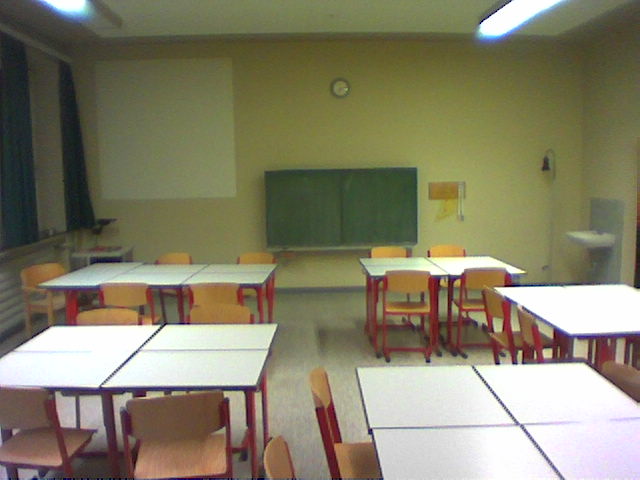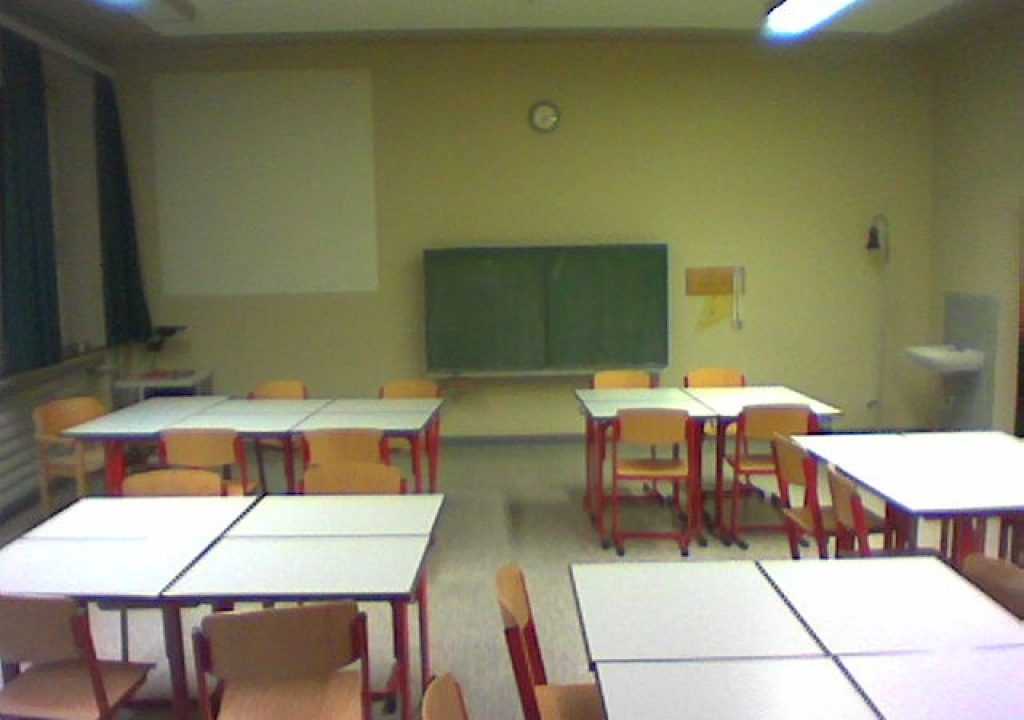
“Transmedia refers to a set of choices made about the best approach to tell a particular story to a particular audience in a particular context depending on the particular resources available to particular producers.” – Henry Jenkins
Henry Jenkins’ fairly open explanation of transmedia outlines what educators do in the classroom on a daily basis. We have to make a set of choices about the best approach to disseminate a particular unit to a particular audience in a particular context using available resources.
Yet when I mention “transmedia” to my fellow educators, I often receive blank stares or the very common response, “I don’t understand transmedia.” There doesn’t seem to be an inherent educational connection to the form.
So instead of focusing on defining transmedia, I look to connect the theories behind transmedia with the needs of educators (myself included). In my classroom and beyond, one such need is: how do I engage learners to be full participants and designers in the learning experience? It’s a goal that is both macro and micro.
This is where transmedia can step in. The unification of theories/practices like participatory culture, immersion, democratization, worldbuilding (with an eye towards history and prior knowledge), extensions, co-creation, user-generated content, and collective intelligence can provide rich, student-centered learning experiences.
For me, an educator and creator/strategist who has worked mostly in the social change world, the possibilities of using transmedia theory to engage students around learning and position them as active participants in that learning is immense. Transmedia can meet people where they are – a principle that is vital in my classroom and in my work. Secondly, transmedia offers the ability to allow people to enter the world/space in ways that they prefer. It provides a construct for going deeper and deeper into one branch of the story (or lesson). And it can help us to go outside of the physical classroom – a space that isn’t always conducive to learning – as well as immerse students into the learning experience.
So what if, as educators, we build curriculum or classrooms or learning experiences or units or lessons through a process very similar to that of building storyworlds and offer multiple points of entries to students? And what if students are able to participate in meaningful ways in designing their own learning experiences?
Oh the possibilities.
Such possibilities are already being realized within the transmedia and education communities, but imagine the impact if they originate even more in the education sector itself?
BTW: Much of this applies to the social change arena, another area where I work/play and where theories of transmedia yield engagement possibilities.

